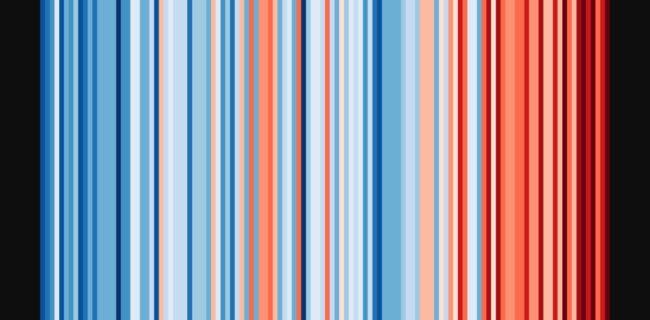“We are at a crossroads”, said the Intergovernmental Panel on Climate Change (IPCC) Chair Hoesung Lee when the latest IPCC report was published earlier this month[1]. The crossroads is so immediate that we do not have time for further debate or discussion on the action against climate change, even though scientists report an increase in governmental climate-protective measures.
This is why the new IPCC report outlines a global action plan which still aims for the often quoted 1.5°C increase in global temperature. A substantial reduction in fossil fuel usage through the electrification of transport vehicles and implementation of other energy sources such as hydrogen, as well as lowering energy consumption as a whole and increasing energy efficiency are key in curbing emissions. Using innovative techniques to capture carbon dioxide directly from the atmosphere are also gaining importance, despite being heavily criticised and very expensive[2]. All of these efforts are necessary to reduce greenhouse gas emissions by 43% until 2030, which is critical when striving for the 1.5°C goal.
However, since these measures are tied to huge investments and a fall in demand for fossil fuels, the leaders of countries that are large players in for instance the oil market have been fighting tooth and nail to keep their income source alive; sometimes this means arguing for hours on end about whether to include the “phase out” or “phase down” of coal usage in the Glasgow Climate Pact[3]. But unfortunately, biased policymakers are not the only hurdle in accurate science communication.
Following the publication of the latest IPCC report, many media outlets reported that in order to achieve 1.5°C, emissions have to peak in 2025, implying that we have another three years before emissions need to decrease. This is incorrect.
Due to an unfortunate miswording in the report, the real message has become muddled: greenhouse gas emissions need to peak between 2020 and 2025. The confusion stems from the way scientists model emission projections, where they use five-year increments as the most accurate prediction of the trajectory of future emissions. For the 1.5°C goal to still be possible, the emission peak has to be reached before 2025, meaning if we waited another three years before reducing emissions, the goal would be out of our reach. The mishap depicts how science miscommunication can have drastic consequences, and how urgent the situation really is[4].
Emissions need to decrease immediately. Even though the 1.5°C goal has already been labelled eutopic by some scientists, it still marks a crucial point in climate science that for example may at least preserve some of the world’s coral reef systems[5]. Every tenth of a degree counts in preventing future catastrophic weather swings and loss of biodiversity. Hence, every piece of climate action is worth fighting for; the sooner the better.
For further information on climate action, find the summary for policymakers of the latest IPCC report here.
[1] https://www.ipcc.ch/2022/04/04/ipcc-ar6-wgiii-pressrelease/
[2] https://www.bbc.com/news/science-environment-60984663
[3] https://www.nature.com/articles/d41586-021-03431-4
[4] https://www.bbc.com/news/science-environment-61110406
[5] https://www.nature.org/en-us/what-we-do/our-insights/perspectives/five-reflections-on-the-ipcc-climate-change-report/
Edited by Liam Butler
Copy-edited by Claire Thomson

